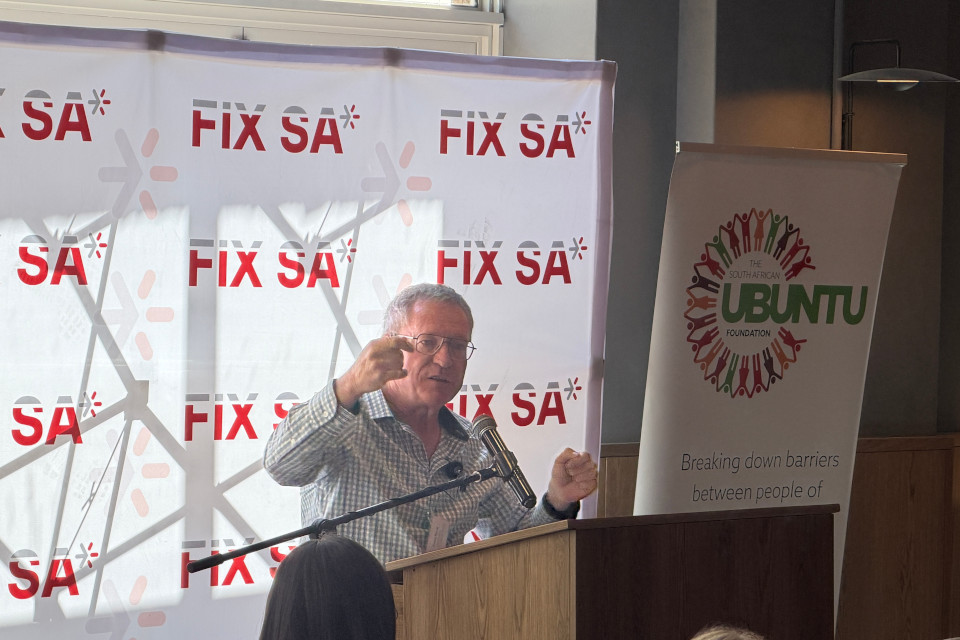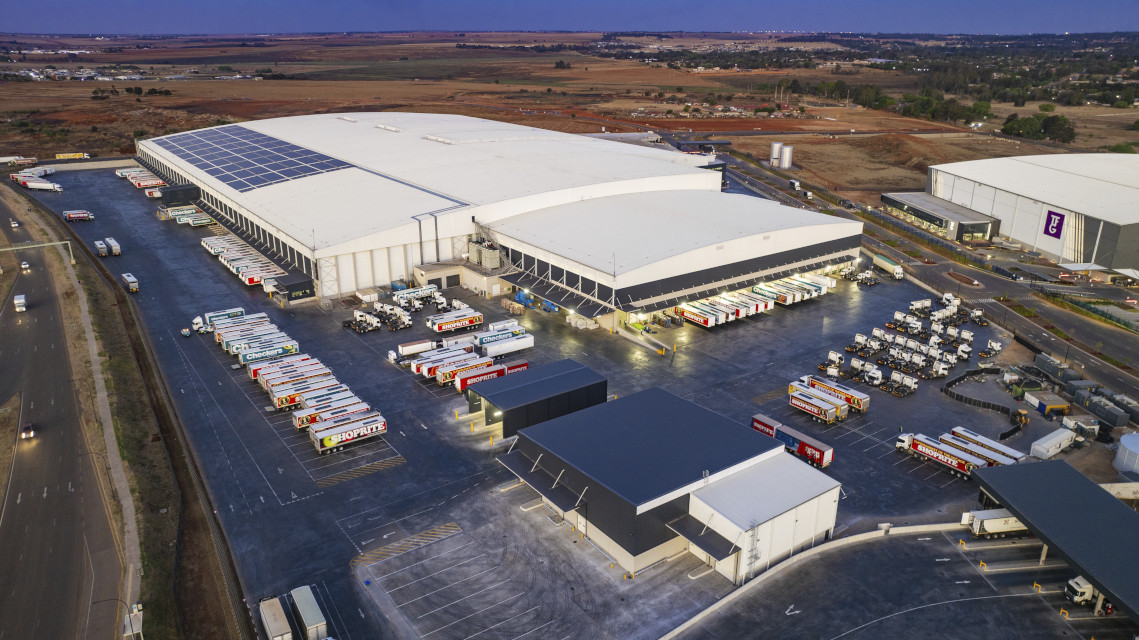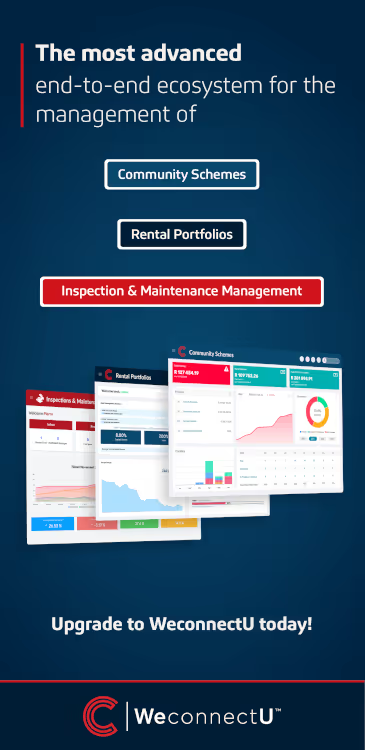SA housing recovery gains pace as real prices rise
- National house price inflation reached 4.2% in August; real prices up 0.9% for six straight months.
- Upper-end bands (R2m - R3m and R3m+) lead gains; freehold outperforms sectional title.
- Cape Town sets the pace; Tshwane drives Gauteng rebound amid semigration and better-priced finance
The housing market hasn’t waited for a victory lap. Even with the September 2025 rate pause, momentum is building: national house price inflation accelerated to +4.2% in August (Pam Golding Residential Property Index), while inflation-adjusted growth printed +0.9%, extending a six-month run of real gains. That’s not noise, that’s a trend.
What’s behind it? A cocktail of cooler inflation, modestly easier rates, and banks sharpening pencils on pricing and deposits. Demand is broadening beyond trophy suburbs, but the leadership is clear: upper-end segments R2m - R3m at +5.4% and R3m+ at +5.5% are running hardest, with sub-R1m still positive at +3.3%. Freehold stock is outpacing sectional title, and regionally the coastal premium is widening as Cape Town leads and Tshwane spearheads Gauteng’s rebound.
Trends in focus and what they mean
Market tone. Dr Andrew Golding, chief executive of Pam Golding Property group, characterises 2025 as a transition from fragile footing to measured recovery. In his view, the interplay of benign inflation, incremental rate relief, and better loan terms has stabilised real buying power and coaxed sidelined demand back into the market.
He notes that activity is broad-based, from first-time buyers to upper-income upgraders because the finance equation has improved across price bands.
Price leadership. The upper price tiers remain the performance engine. Golding points out that this cohort typically responds first when confidence improves, and the data reflect it: R2m - R3m (+5.4%) and R3m+ (+5.5%) in August are pulling the aggregate higher. Freehold’s edge over sectional title is consistent with buyers prioritising space, autonomy and resilience (energy and water solutions) that stand-alone homes more easily accommodate.
Geography. Cape Town retains national leadership on both pricing and liquidity, while Tshwane is the standout recovery story in Gauteng. Golding highlights the semigration effect and lifestyle calculus behind the coastal outperformance, but stresses that access to finance and improved service delivery pockets are just as decisive as scenery.
Finance is the grease. The banking sector is doing real work here. According to ooba Home Loans, the average concession vs prime in the year to August 2025 improved to 0.66% (from 0.55% a year earlier), signalling keener risk pricing.
Deposit requirements eased to 14.2% of purchase price in August (from 16% in February). For first-time buyers, average deposits slipped below 10%, and their share of applications climbed to 47.7% in July/August. Golding’s takeaway: access conditions have decisively improved versus 2024, pulling new entrants into the funnel and greasing chains higher up.
Activity and confidence. Transactional flow remains surprisingly resilient for a subdued economy. In-demand, lifestyle-rich nodes are busy; luxury is not dormant; and approval rates are holding. Golding cautions that this recovery is fundamentals-led, not speculative: buyers are price-sensitive, valuers are disciplined, and vendors who meet the market get deals done.
What matters most now
- Inflation & rates: Muted CPI and modest rate relief are already lifting real affordability; deeper cuts would accelerate it.
- Credit supply: Negative concessions to prime and lower deposits are expanding eligibility and shortening decision times.
- Segment mix: R2m+ bands are leading, but sub-R1m remains positive—evidence of a broad-based upturn.
- Stock selection: Freehold edges sectional title as buyers value energy/water autonomy and space.
- Geography: Coastal nodes widen their premium; Tshwane is Gauteng’s recovery spearhead.
- Buyer profile: First-time participation is rising—nearly half of recent applications in ooba’s pipeline.
- Risk lens: Execution still depends on service delivery, security of utilities, and neighbourhood resilience.
Looking ahead the base case and the upside
The base case is simple: the September pause is a breather, not the end of the easing story.
Our read aligns with Dr Golding’s outlook, further rate cuts are likely late 2025 or into 2026 if inflation stays contained. Even without immediate cuts, three forces keep the flywheel turning:
- Affordability tailwind: Lower inflation and cheaper fuel have trimmed household strain; every incremental rate move has an outsized effect on entry-level and upgrader maths.
- Bank behaviour: Competitive pricing and lighter deposits keep the pipeline wide; if risk metrics hold, lenders will keep leaning in.
- Structural demand: Semigration, hybrid work, and lifestyle migration aren’t fads; they redistribute demand and sustain the coastal premium while lifting selected inland nodes that get services right.
Watch-outs?
Service-delivery gaps (especially water), localised employment softness, and policy drift can still nick confidence. But the market is doing the work: pricing is rational, credit is supportive, and supply is adjusting rather than over-building.
Bottom line
South Africa’s housing market has moved from stabilisation to recovery. Prices are rising in real terms, finance is more accessible, and the upper tiers are signalling risk appetite without froth. If policy and utilities cooperate even modestly the runway into 2026 looks longer, smoother, and more investable.

.svg)
.svg)

.jpg)

.avif)


.avif)

.avif)




.svg)

.jpg)
.avif)







%20.jpg)





.avif)
%20.jpg)
